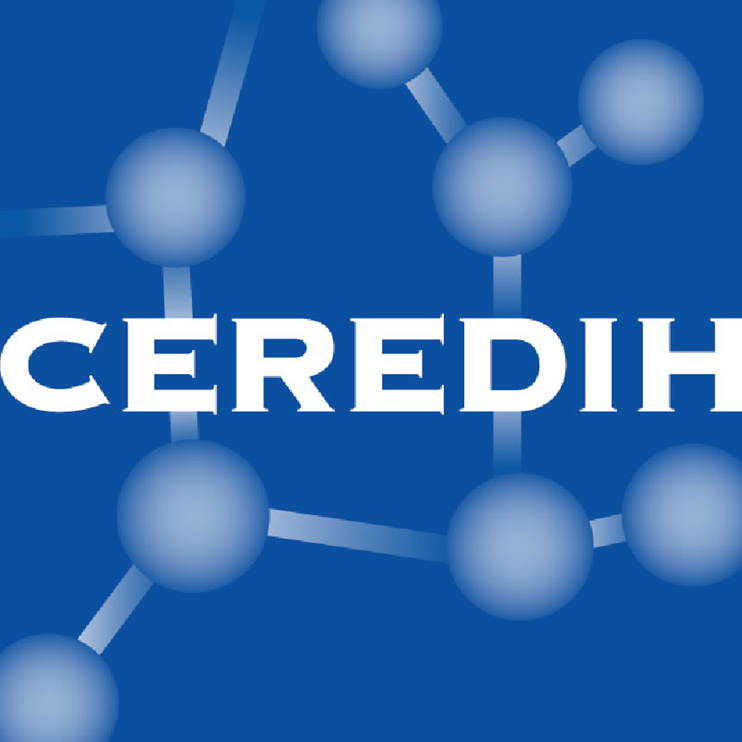buy helvetica,sans-serif; font-size: 1em; background-color: #92d2dd; border: medium solid #333333; text-align: center;">The cell cycle is the set of steps that will lead to the division of one cell into two identical ones: it is called mitosis
Many compliance checks are conducted during this process.
The ATM gene is one of these elements.
Cell cycle
The vast majority of cells constituting an adult body is at rest and perform tasks for which it was programmed. Some tissues are constantly and actively proliferating (our skin or blood cells for example). Sometimes, some cells have to be repaired or replaced as they die naturally or as a result of aggression.
The cell cycle is the set of steps that will lead a cell to divide into two daughter cells containing the same genetic heritage. Spurred on signals received from its environment (growth factors), the cell begins the cycle that will lead to the mitosis..
- G1: phase of cell growth that accumulates material for the division
- S: phase of DNA replication so that each daughter cell has the same genetic material
- G2: control phase of the genetic material and preparation of molecules for mitosis itself
- M: mitosis. Divided into four phases that we will not describe here. Mitosis is the division itself, giving two daughter cells that will have the same course, if the conditions are right, of course.
Checkpoints of the cell cycle
Throughout the cell cycle, mechanisms will rigorously monitor the integrity of genetic material in the cell nucleus. It is indeed excluded that a cell divides when its DNA is the bearer of anomalies as it would transmit them.  These oversight mechanisms are called checkpoints of the cell cycle.
These oversight mechanisms are called checkpoints of the cell cycle.
Schematically, a checkpoint is organized with a detection phase, the transmission of information (signaling), then the phase of implementation of the necessary means to DNA repair or cell destruction by apoptosis if the damage is too great.
The following diagram illustrates some of the many control points (shown as stop signs) that exist throughout the cell cycle and that maintain the integrity of our genome.
- in G1 phase, under the influence of growth factors, the cell receives signals allowing it to move forward in a cell cycle which lead to division.
- Upon entry into G1 phase, there is a checkpoint which autorises only normal DNA to divide.
- Also in S phase, when the cell doubles its amount of DNA, abnormalities in DNA lead to cell cycle arrest. And if they are not repairable the cell progresses to death by apoptosis.
- Finally, in late G2 phase, just before the entry into mitosis, the DNA quality is checked one last time before the division process begins.
- A final checkpoint in the separation of the two sets of chromosomes between the two daughter cells resulting from the division will ensure the absolute equity of this division.







